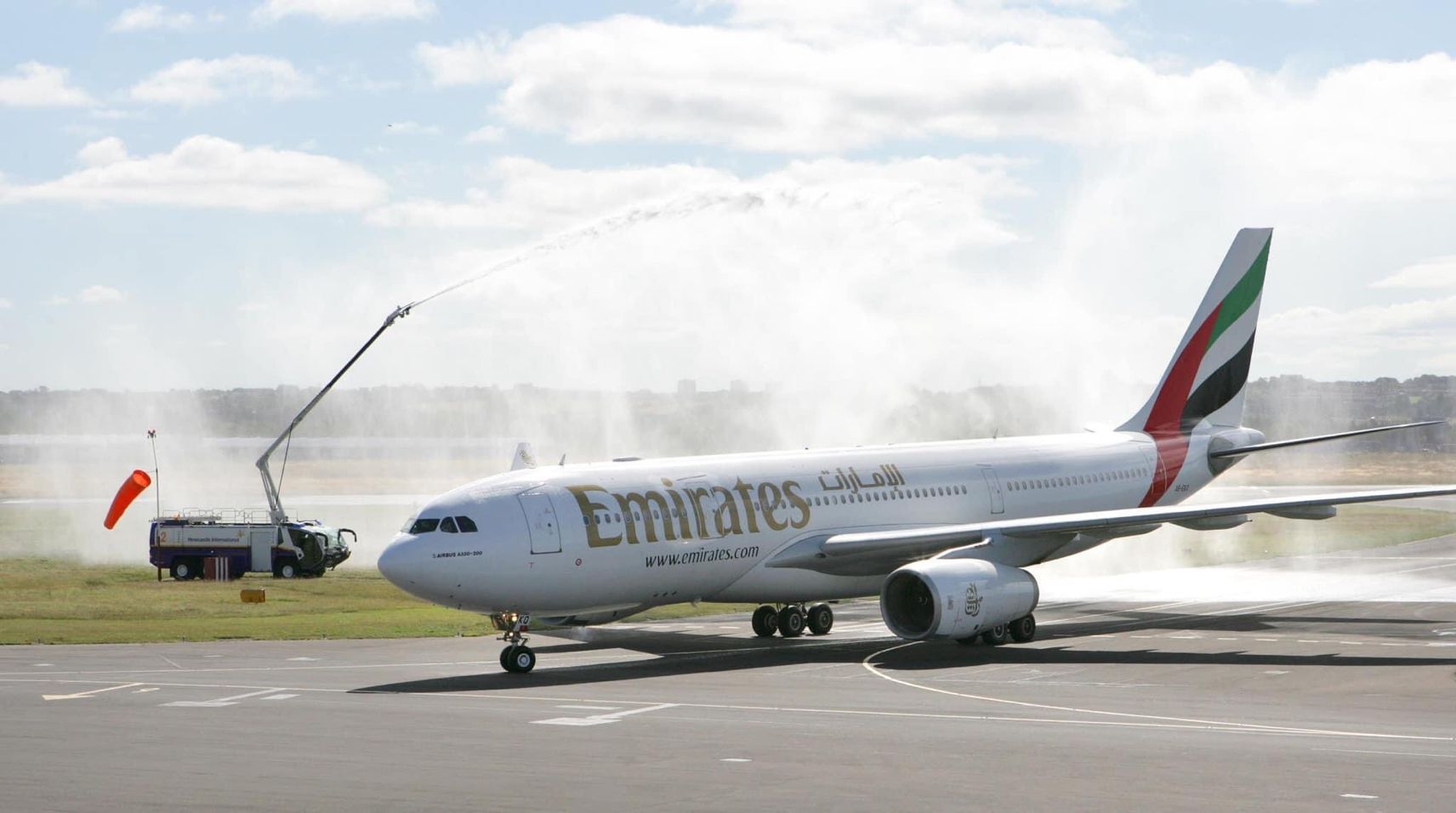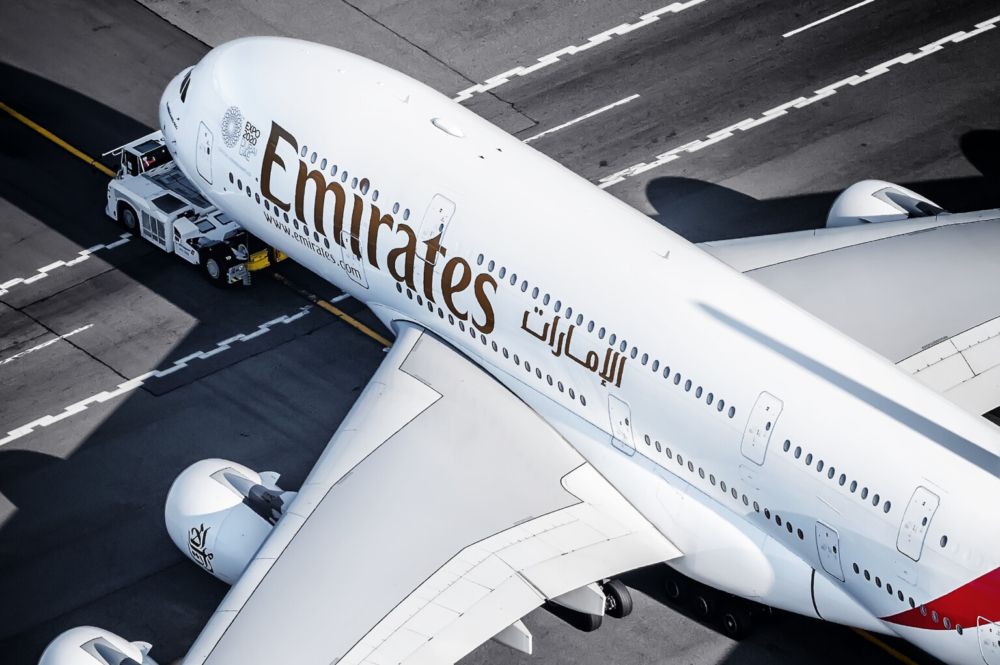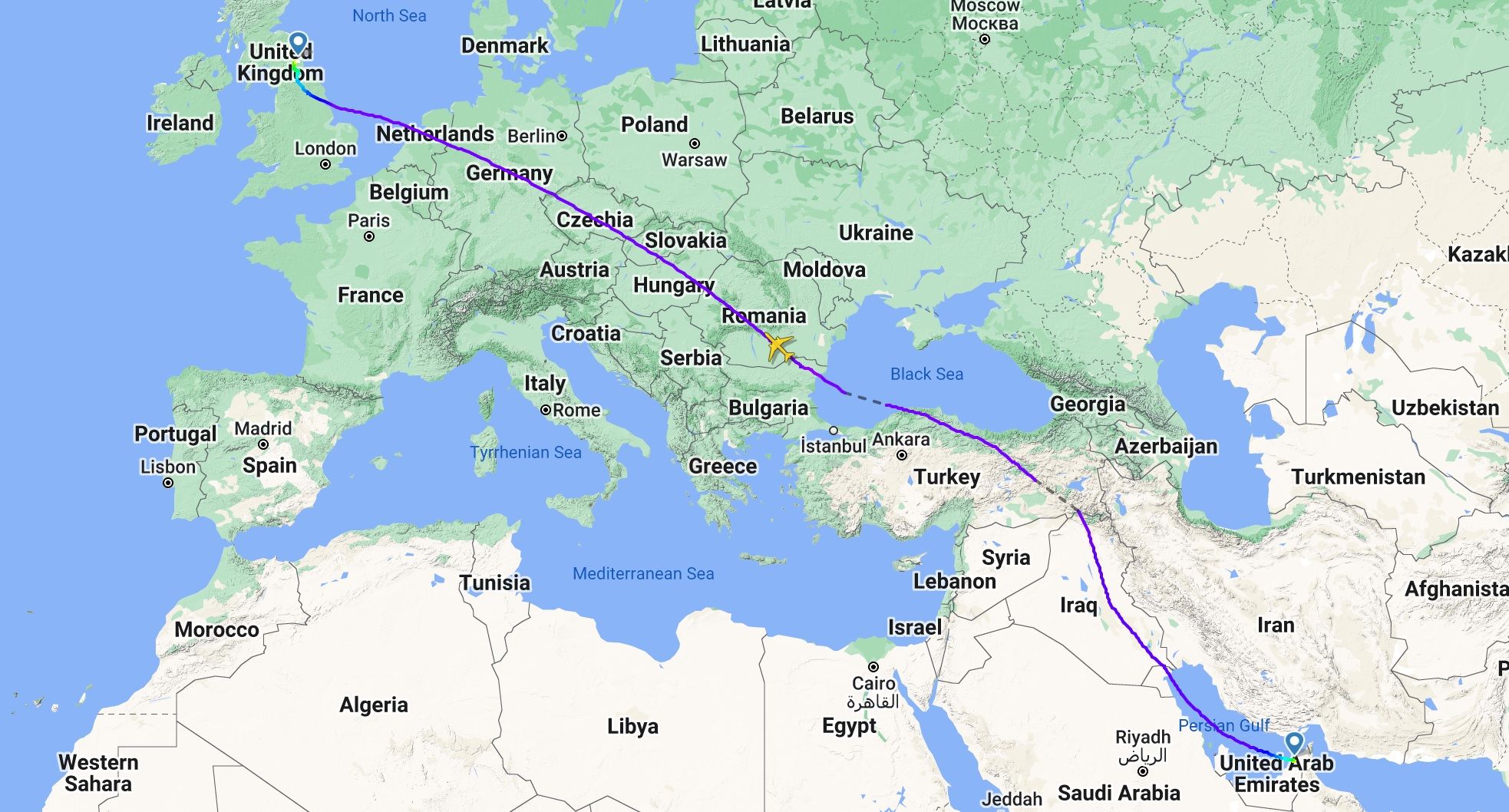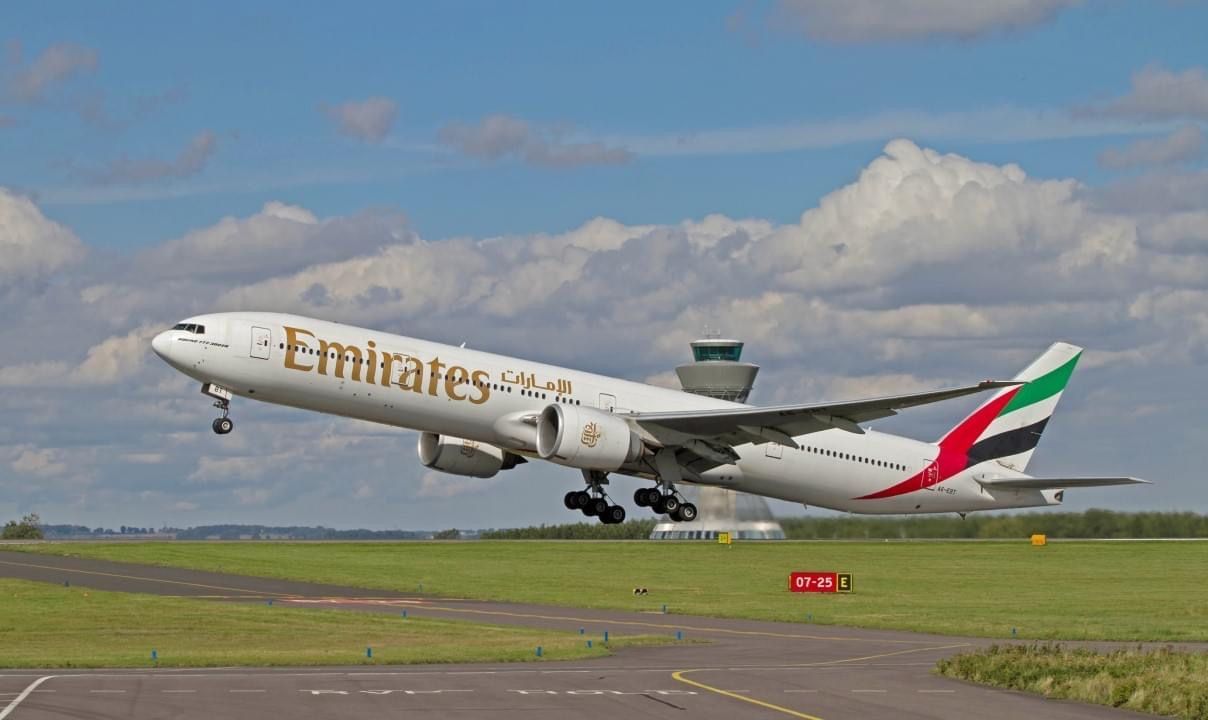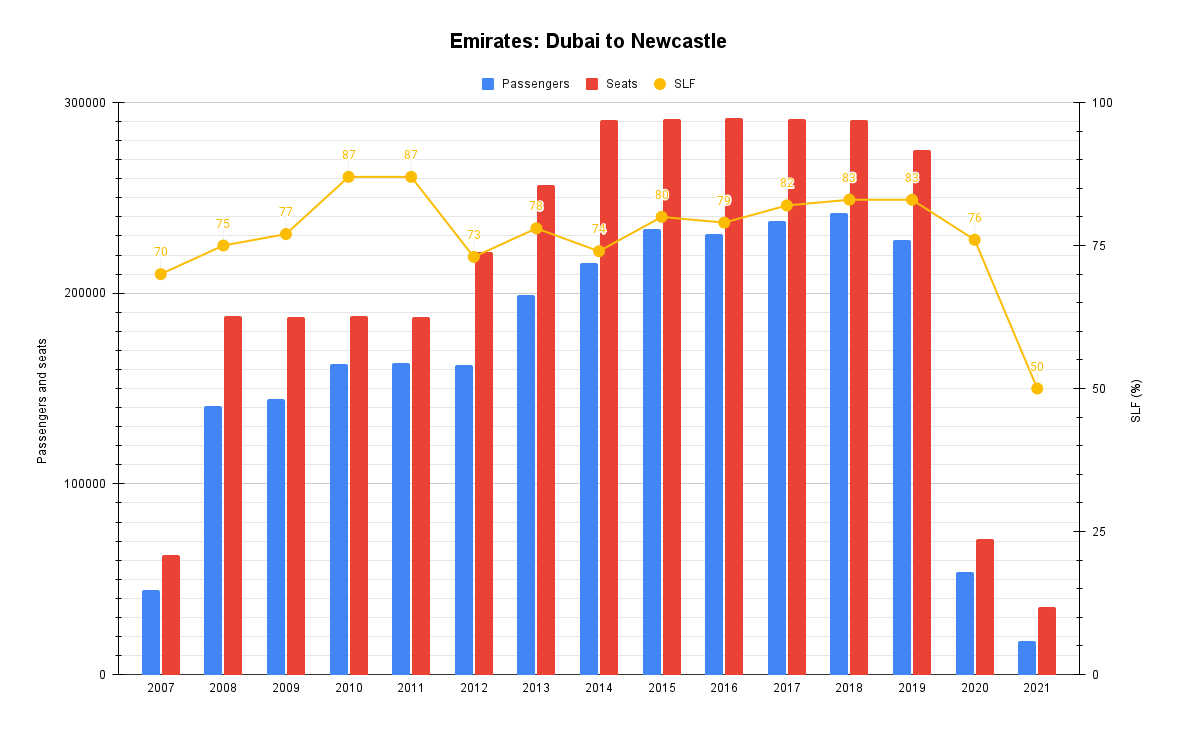Fifteen years have passed since Emirates began Dubai to Newcastle. At the time, the route was one of six to the UK, alongside London Heathrow, London Gatwick, Birmingham, Manchester, and Glasgow. (For context, it was another five years until Dublin, in neighboring Ireland, was served.) Since 2007, Emirates has carried 2.5 million passengers to/from Newcastle.
Emirates to Newcastle: a summary
Emirates took off from Dubai to Newcastle on September 1st, 2007. For the first five years, it was operated virtually exclusively by its A330-200s, a type withdrawn from its fleet in 2016.
Come September 2012, the B777-300ER was used, interspersed at times by the B777-200LR. Shifting to the B777-300ER meant that Newcastle's monthly seats for sale increased by 50%. This big upgauge, with no change in frequency, reduced the seat load factor in 2012 by 14 percentage points, as shown in the following section.
The Middle East giant resumed Newcastle on October 15th, 2021, according to Flightradar24. It currently runs 5x weekly – there are now flights on Tuesdays and Thursdays – with no indication if or when it'll increase to 1x daily, its pre-pandemic frequency.
Stay aware: Sign up for my weekly new routes newsletter.
When is it flying?
Its current schedule is as follows, with all times local. It's pretty odd. While mid-afternoon is a popular time for Emirates' Europe-bound flights, it is not the peak time: the early morning is (roughly 07:00-09:00). Indeed, few European routes served once daily or less have such a schedule. Emirates will revert to its standard, peak timings from October 30th, the day it shifts to its winter schedule. This will increase connectivity and traffic.
- Dubai to Newcastle: EK33, 14:30-19:10 < current times
- Newcastle to Dubai: EK34, 21:10-07:25+1 < current times
- Dubai to Newcastle: EK33, 07:25-11:20 < from October 30th
- Newcastle to Dubai: EK34, 13:00-00:15+1 < from October 30th
Discover more aviation news.
2.5 million passengers
Since the 3,517-mile (5,660km) airport pair began, Emirates has carried 2,476,747 passengers, according to the UK CAA. As OAG shows that it offered 3,129,692 seats for sale, the route has had an average seat load factor of 79%, not especially high in itself but marginally above the airline's system average. Stripping out the past two heavily impacted years, it was 80%.
Its peak year thus far was 2018, with 242,302 passengers, equivalent to 332 passengers daily each way (PDEW). Traffic fell to 227,629 in 2019 (mainly from Dubai's runway closure which meant capacity was cut and fewer passengers were carried), 53,683 in 2020, and 17,657 last year. (The route resumed in October.)
Where do passengers go?
In 2019, the last year unaffected by coronavirus, booking data suggests that approximately three-quarters of passengers transited over Emirates' Dubai hub. It still meant almost ~57,000 passengers – PDEW of 78 – only traveled to/from Dubai, a sizable point-to-point market – and that's just Emirates' passengers.
Unusually for Emirates, India wasn't Newcastle's top country transit market: Australia was. It was followed by Thailand, India, Singapore, and Pakistan. Indeed, Southeast Asia as a whole had more Newcastle passengers than South Asia, a region often so vital to Emirates, at least in terms of passenger volume and revenue.
Newcastle to Bangkok, via Dubai, was Emirates' top market, followed by Perth, Singapore, Hong Kong, Melbourne, Brisbane, Dhaka, Sydney, Manila, and Colombo. Notice the lack of India and Pakistan at airport level, with the first India market in 14th (Delhi) and Pakistan 22nd (Lahore). India and Pakistan are within the top five at country level due to the accumulative effect of many cities in the countries being served.
Have you flown Emirates to/from the UK? If so, from which airports? Let us know in the comments.

